How Metal Barns Keep Birds and Other Pests Away?
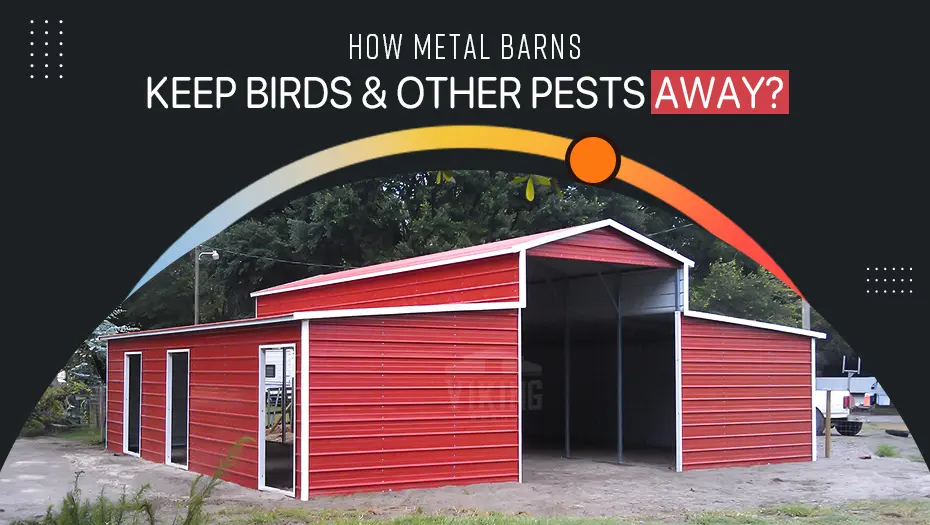
Nothing comes close to the durability of a metal barn on an agricultural farmland in America. You can find the growing popularity of steel structures in rural areas. You must have heard on numerous occasions that a metal structure is reliable, resistant to external weather conditions, retains its structural integrity with time, and deters most pests. But how exactly do pests not get attracted to metal when they easily find housing in wooden barns? Let’s spill the beans.
How Metal Barns Keep Birds Away?
The answer to this question lies in the structural design of barns. Take, for example, a wooden barn. The trusses are open and webbed, creating a perfect place for resting and nesting.
Very soon, the nest will have eggs. These will hatch, and there will be more of them over your head. The only bad thing about that is you will have to clean bird droppings and features, which are quite frequent (28 to 48 droppings per day by a single bird). Not to mention, bird droppings can cause severe flu and other diseases. So, how is a metal barn any different?
Metal barns do not need trusses to be designed. Steel is stronger and can bear more load than wooden materials. Hence, they do not need cord-like connectors that run from end to end. In general, only two steel columns and rafters are needed to make a steel barn’s frame. This also gives you extra space in the loft area.
No trusses mean there is no place for birds to rest or nest. Therefore, there will be no pigeons or other birds dropping over your head, and less cleaning will be required.
How Steel Barns Helps Control Pests?
Wood is an organic substance that is a natural home to many animals and insects. Creatures like termites, roaches, carpenter ants, rats, mice, wasps, etc., are attracted to them naturally. That is not good news if you use a barn for storage or for sheltering your livestock. Most of these pests carry deadly viral, fungi, and bacterial diseases with them.
As a farmer, you would not want your crops to get infested with these, nor would you like to compromise your livestock’s health. Metal is an inorganic material that does not harbor a termite colony for munching on it. It is dense enough so that rodents can’t chew through it. When sealed properly, there is the least possibility of animals entering your barns. That’s how safe and healthy metal barns are.
Have A Look At Some Top Metal Barns’ Dimensions
| Type | Width x Length
(in ft.) |
Height (in ft.) |
| All vertical roof barn | 40 x 25 | 12 |
| Vertical roof commercial garage | 30 x 40 | 10 |
| Combo utility metal building | 30 x 70 | 9 |
| Lean to barn | 52 x 40 | 12 |
| Steel garage building | 40 x 50 | 16 |
Things You Can Do To Keep Animals And Insects Away From Your Metal Barns
Seal Your Barn
Small creatures like ants and mice can enter through tiny cracks and holes. To prevent this, seal the entire structure with sealant meant for metal buildings. Some examples are:
- Silicone
- Butyl tape
- Polyether
- Liquid rubber metal safe sealant
- Polyurethane sealant
These sealants will fill all the gaps and leakage. However, do not apply them in excess; they can pile over and come out.
Clean Your Barn
Animals are attracted to food sources. Birds might spot leftover food items left in open trash cans. Make sure your barn is clean and bins are covered. If you have livestock or grain storage containers in your barn, clean the nearby area as well.
Use Repellents | Insecticides
Your local garden centers and stores may have insecticide spray, which you can occasionally use on your metal shed. There is a range of products that work well on specific types of pests. You can also use repellent lining paper near windows and other entry points.
Alternatively, you can use DIY repellent (using chili pepper and peppermint) that is less toxic and affordable. High ultrasonic sound will scare them away.
Cover Food Sources
If you use metal barns as livestock shelter, cover feed and hay. This will keep the feeding spot visually away from birds. Don’t leave any seed bags open, as rodents might be attracted. Upon infestation, they will become unusable for human consumption.
You can provide alternative sources to feed birds away from your barn. This will divert birds from coming around your steel barn and get rid of them for open structures such as lean-tos.
Use Decoy | Reflector To Visually Scare
A scarecrow or hawk decoy outside the barn will temporarily keep birds away. Birds are intelligent and will eventually figure out this decoy, so a DIY repellent would work the best. Birds are not fond of reflectors and shiny surfaces. If you have old compact discs, you can hang them to deter birds. The point is you have to keep them moving, or else birds will figure out it is a decoy.
NOTE: Some birds and native species are protected under federal laws. Killing them or destroying their nests may result in penalty or punishment.
Keep Outdoor Clean As Well
Tall, dense grasses and water puddles near your metal barn can attract insects. Maintaining a proper landscape gives an aesthetic look and keeps your barn away from animals. Prefer planting natural pest-repellent plants, such as basil, bay leaves, chives, chrysanthemums, dill, etc., that will deter pests naturally.
Avoid water accumulation at all costs. If you have water stored for livestock, keep them covered when not in use.
Who Let The Pests Out – Steel! Steel! Steel!
Fortunately, steel barns are not the only structures resistant to pests and external weather conditions. Its applications are in other steel buildings such as carports, garages, Barndo, warehouses, etc. Find out all the details on them at Viking Barns.
Birds and other insects are lovely creations of nature. If you find any dwelling on your property, you can use harmless techniques to deter them. This will protect your possessions and keep them at bay. You can contact customer support at (704) 579-6966 & book your new farm metal barn today.


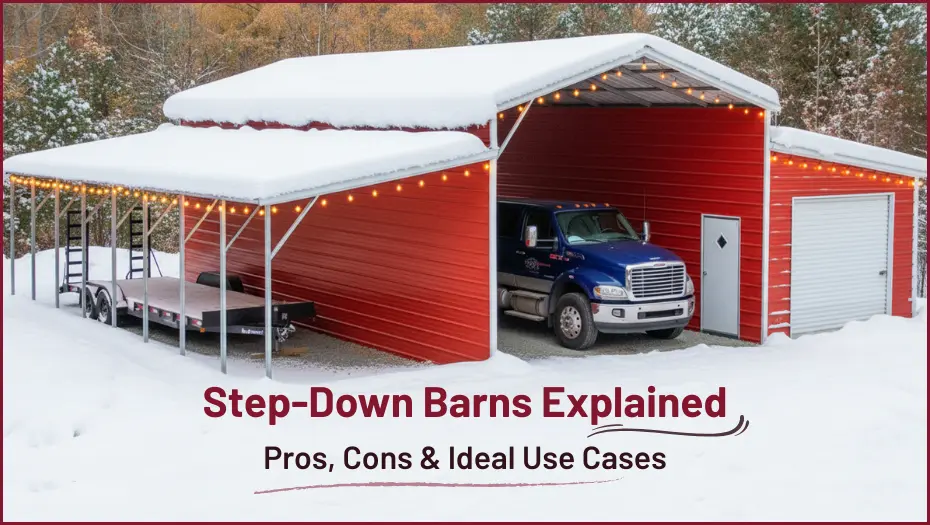
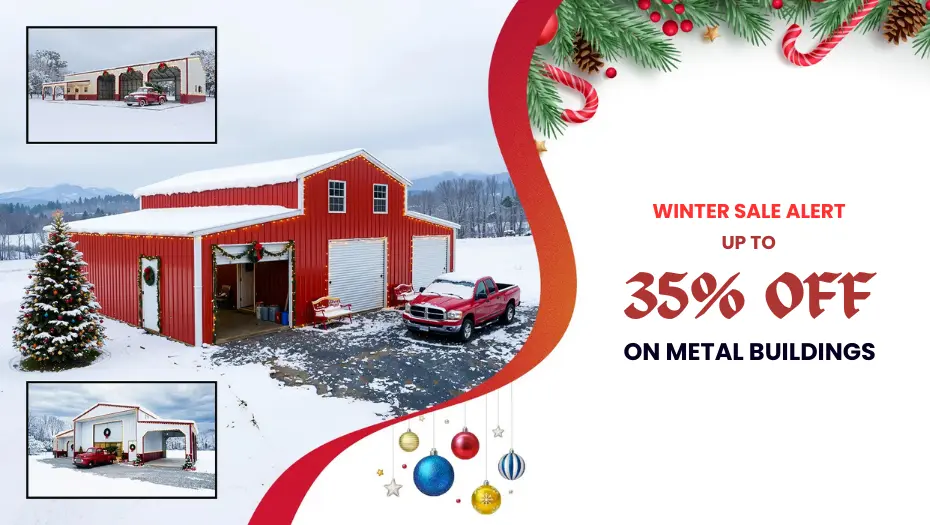
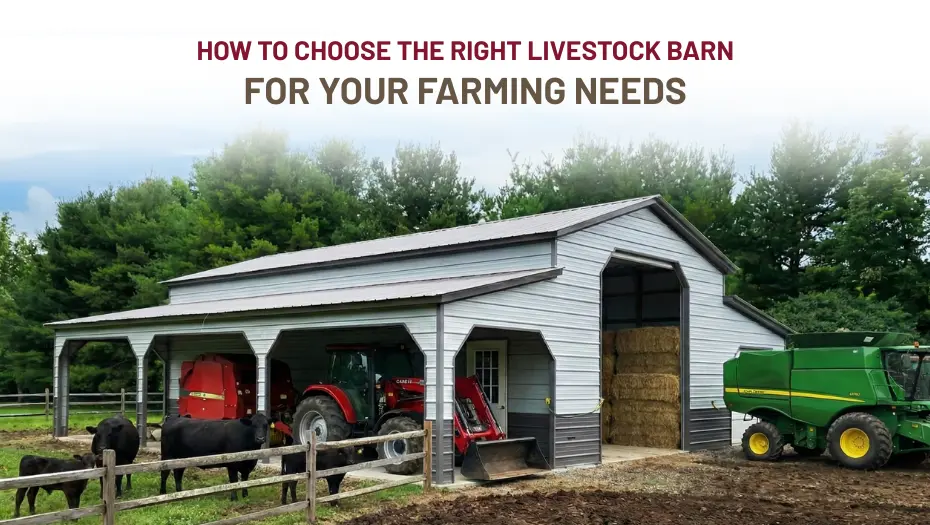
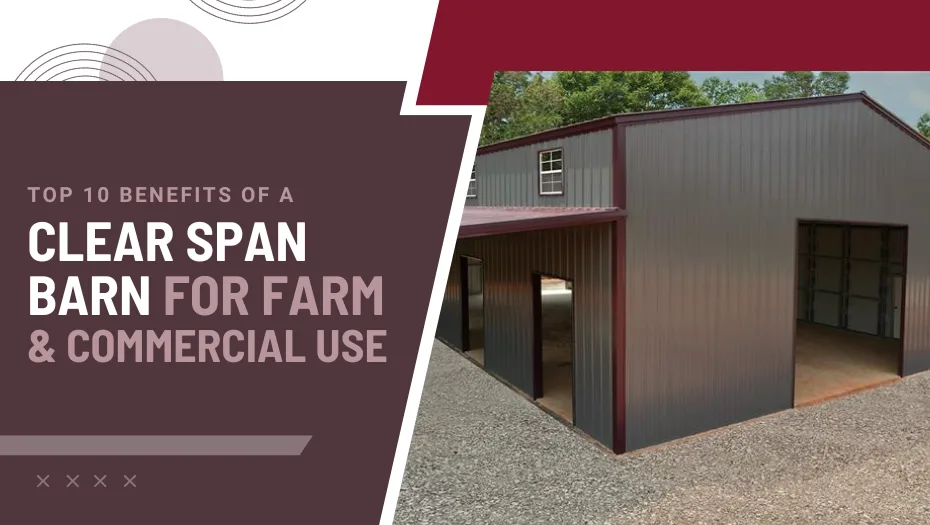
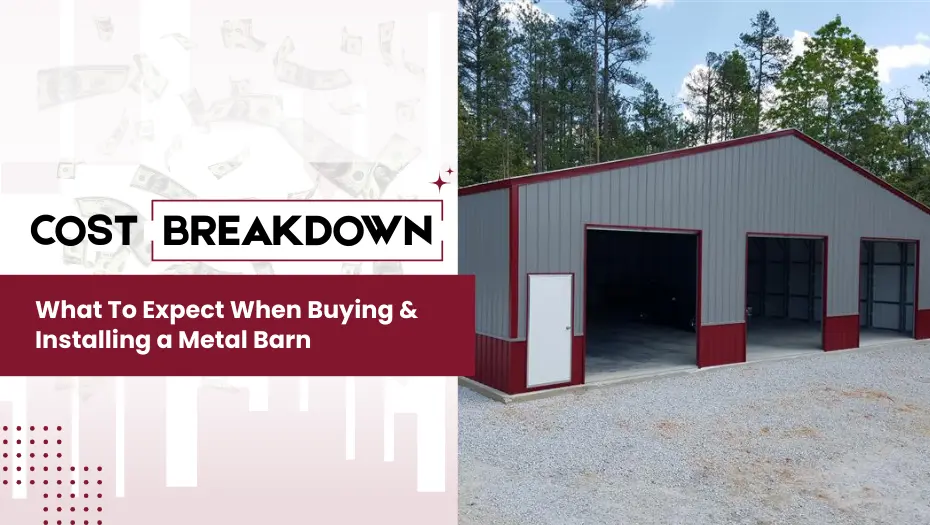
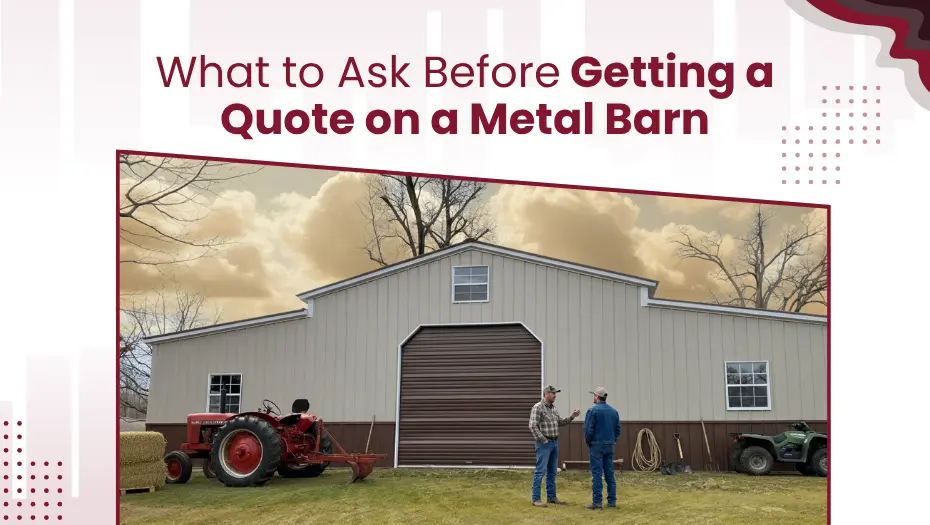
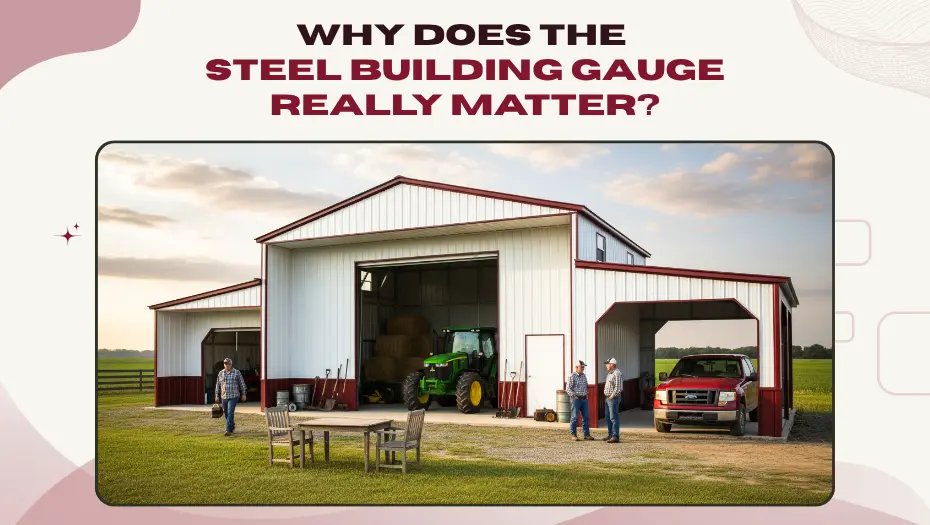
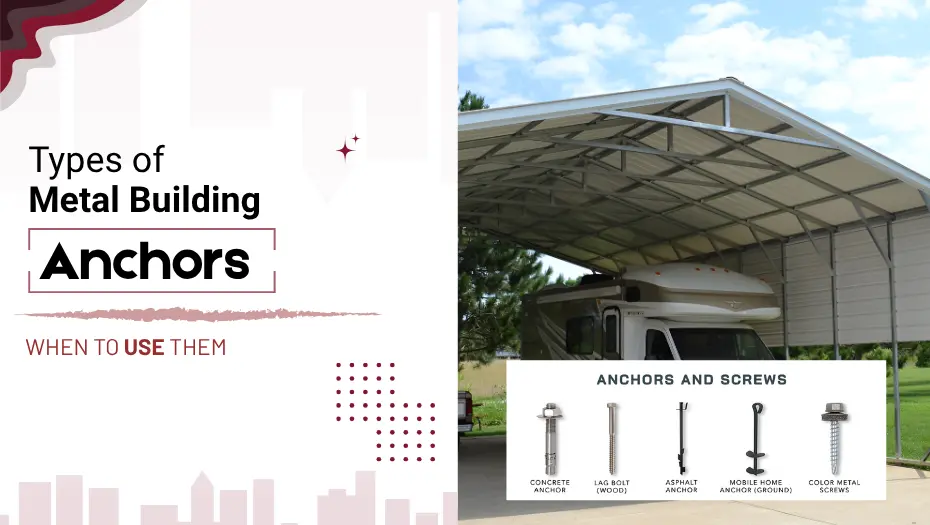
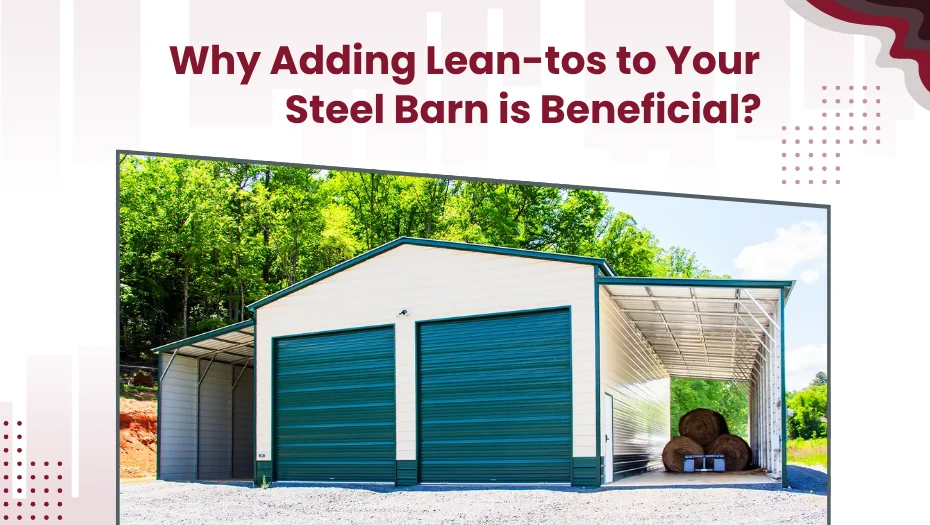


 Alabama AL
Alabama AL

 American Steel Carports Inc.
American Steel Carports Inc.